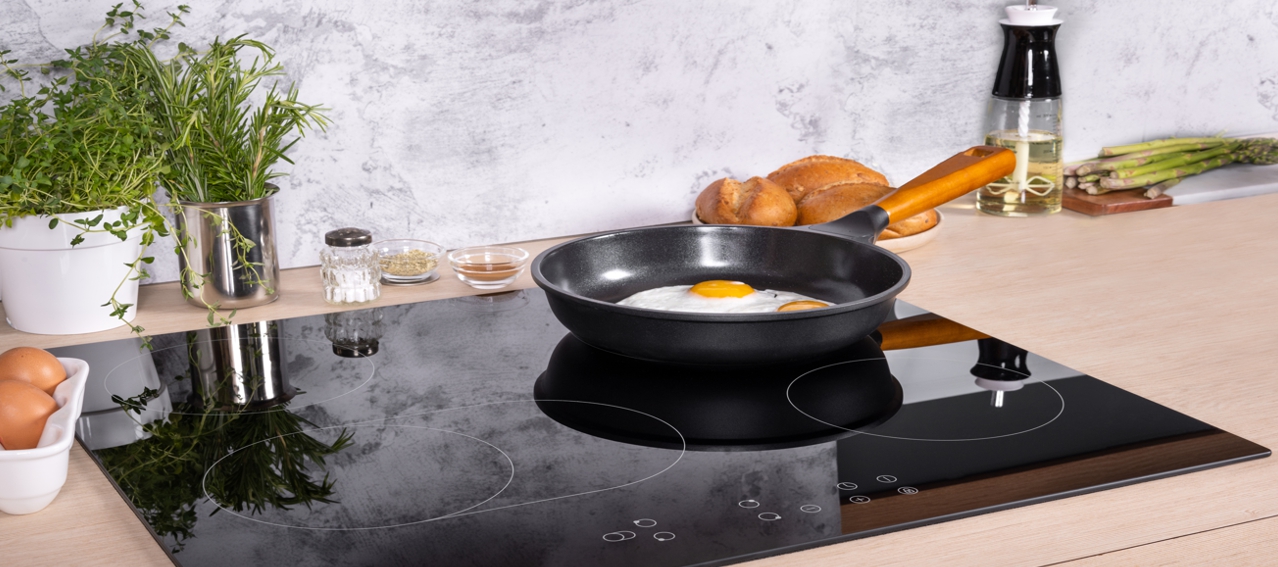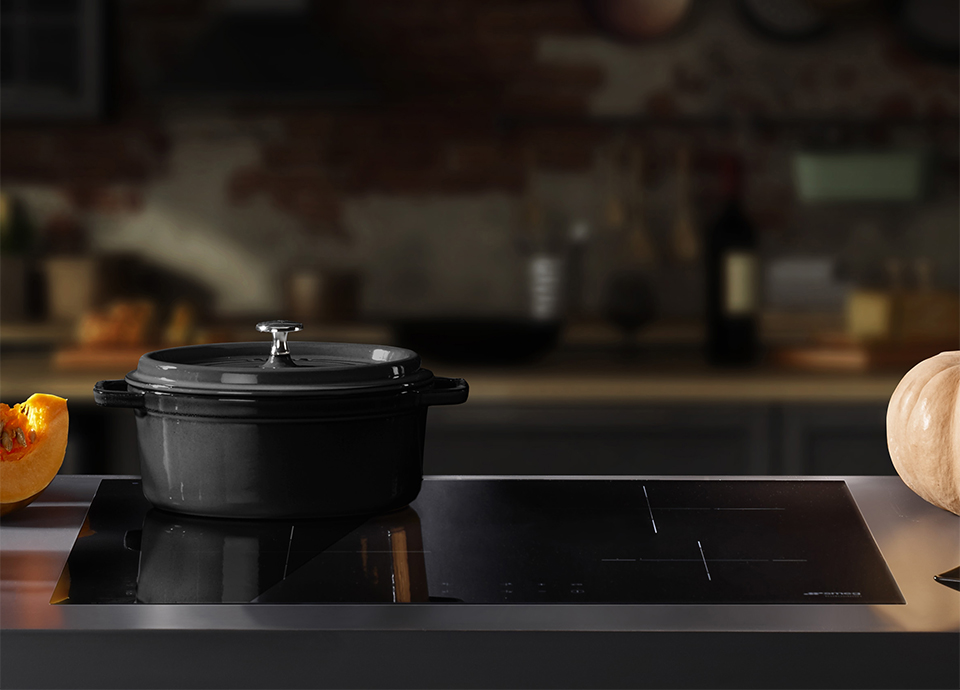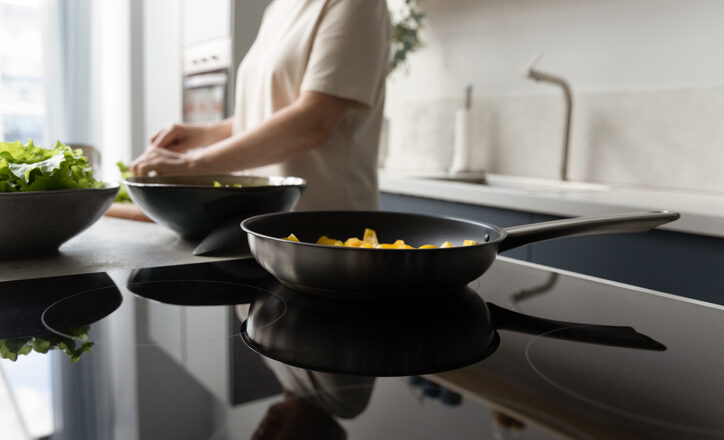Cooking curry in a cast iron skillet on an induction cooktop is a delightful experience that many home cooks and professional chefs are beginning to embrace. The combination of these two elements can lead to a flavorful and evenly cooked dish. In this article, we will explore the nuances of using cast iron on induction stoves and why it might be the perfect choice for your next curry dish.

Why Use Cast Iron on Induction?
Cast iron is a versatile and durable material that has been used in kitchens for centuries. When combined with the modern technology of induction cooktops, it offers a unique cooking experience. The heat in an induction cooktop is generated directly in the cookware, making it highly efficient and providing precise temperature control. This synergy is perfect for cooking curry, where maintaining a consistent temperature is crucial.
Benefits of Cooking Curry in Cast Iron
- Even Heat Distribution: One of the primary advantages of using cast iron is its ability to distribute heat evenly. This ensures that your curry cooks uniformly, preventing any burnt spots.
- Heat Retention: Cast iron retains heat exceptionally well, which is beneficial for slow-cooked dishes like curry.
- Enhanced Flavor: Over time, cast iron develops a seasoning that can enhance the flavors of your dishes, adding depth to your curry.
Preparing Your Cast Iron for Induction Cooking
Before you start cooking, ensure your cast iron skillet is properly seasoned. This not only prevents food from sticking but also protects the skillet from rusting. Learn more about seasoning techniques at Lodge Cast Iron.
Steps to Cook Curry on Induction
Gathering Ingredients
The first step in making a delicious curry is gathering fresh ingredients. Choose your preferred protein, whether it be chicken, beef, or tofu, and a selection of vegetables and spices.
Setting Up Your Induction Cooktop
Ensure your induction cooktop is set to the appropriate temperature. Induction stoves heat quickly, so start at a lower setting to prevent burning ingredients.
Cooking Process
- Sauting: Begin by sauting onions and garlic in your cast iron skillet until they are golden brown.
- Adding Spices: Introduce your chosen spices and stir until fragrant.
- Cooking Protein: Add your protein choice and cook until it is slightly browned.
- Simmering: Pour in coconut milk or tomato puree and let the mixture simmer until the flavors meld together.
Cleaning and Maintaining Your Cast Iron
After enjoying your curry, it’s essential to clean your cast iron properly to maintain its longevity. Avoid using soap; instead, use hot water and a brush to scrub away any residue. For more tips, visit Cast Iron and Induction Heating.
Common Mistakes to Avoid
- Using high heat settings initially can lead to burnt spices.
- Not allowing the curry to simmer long enough can result in underdeveloped flavors.
- Forgetting to season the cast iron can cause sticking and rusting.
Exploring More Recipes
If you’re eager to explore more cast iron recipes on induction, try making pancakes or searing meat. Check out Making Pancakes or Searing Meat for more inspiration.
Conclusion
Cooking curry in a cast iron skillet on an induction cooktop offers a flavorful and efficient cooking experience. With the right techniques and maintenance, you can enjoy perfectly cooked curry dishes time and time again.

FAQ
What are the benefits of using cast iron for curry?
Cast iron provides even heat distribution and enhances the flavor of your curry over time.
Can I use any cast iron skillet on an induction cooktop?
Yes, as long as the skillet is compatible with induction cooking, it can be used effectively.
How do I clean my cast iron after cooking curry?
Use hot water and a brush to clean your skillet, avoiding soap to preserve the seasoning.
This article contains affiliate links. We may earn a commission at no extra cost to you.

